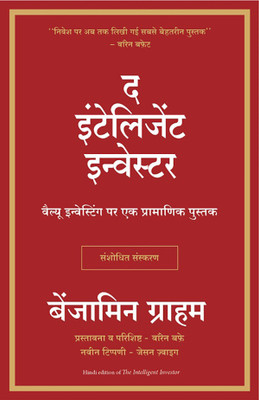
IGNOU CVG 004 Vedic Rekha Ganit Ayvam Trikonganit | Guess Paper | Important Question Answer | Certificate in Vedic Ganit (CVG) (Paperback, BMA Publication)
Share
IGNOU CVG 004 Vedic Rekha Ganit Ayvam Trikonganit | Guess Paper | Important Question Answer | Certificate in Vedic Ganit (CVG) (Paperback, BMA Publication)
Be the first to Review this product
Special price
₹252
₹399
36% off
Coupons for you
T&C
Available offers
T&C
T&C
T&C
T&C
Delivery
Check
Enter pincode
Delivery by25 Aug, Monday
?
if ordered before 5:59 AM
View Details
Highlights
- Binding: Paperback
- Publisher: BMA Publication
- ISBN: 9782311533286
- Edition: Latest, 2024
- Pages: 80
Services
- Cash on Delivery available?
Seller
Description
Introduction to Vedic Geometry: Understanding the geometric concepts and principles described in ancient Indian texts and their relevance in modern mathematics.
Vedic Geometry Sutras: Learning and applying geometric sutras or aphorisms from Vedic texts such as the Sulba Sutras, which provide methods for constructing geometric figures and solving geometric problems.
Construction of Geometric Figures: Exploring Vedic methods for constructing basic geometric figures such as circles, squares, rectangles, and triangles using simple tools and techniques.
Properties of Geometric Figures: Studying the properties and characteristics of geometric figures, including angles, sides, diagonals, and areas, and applying Vedic principles to derive geometric relationships.
Geometric Constructions: Using Vedic methods for geometric constructions such as bisecting angles, dividing lines into equal parts, and constructing perpendiculars and tangents.
Trigonometric Concepts in Vedic Mathematics: Understanding trigonometric concepts such as sine, cosine, tangent, and their relationships in the context of Vedic Mathematics.
Trigonometric Ratios and Identities: Exploring Vedic trigonometric ratios and identities, including unique methods for calculating trigonometric values and verifying trigonometric equations.
Applications of Trigonometry: Applying Vedic trigonometry techniques to solve practical problems related to heights and distances, navigation, surveying, and astronomy.
Geometric and Trigonometric Problem Solving: Engaging in problem-solving activities that integrate geometric and trigonometric concepts, requiring students to apply Vedic Mathematics principles to solve complex problems.
Read More
Specifications
Book Details
| Publication Year |
|
| Book Type |
|
| Exam |
|
| Number of Pages |
|
| Net Quantity |
|
University Books Details
| Stream |
|
| Degree/Diploma |
|
| Specialization |
|
Additional Features
| Age Group |
|
In The Box
|
Be the first to ask about this product
Safe and Secure Payments.Easy returns.100% Authentic products.
Back to top




